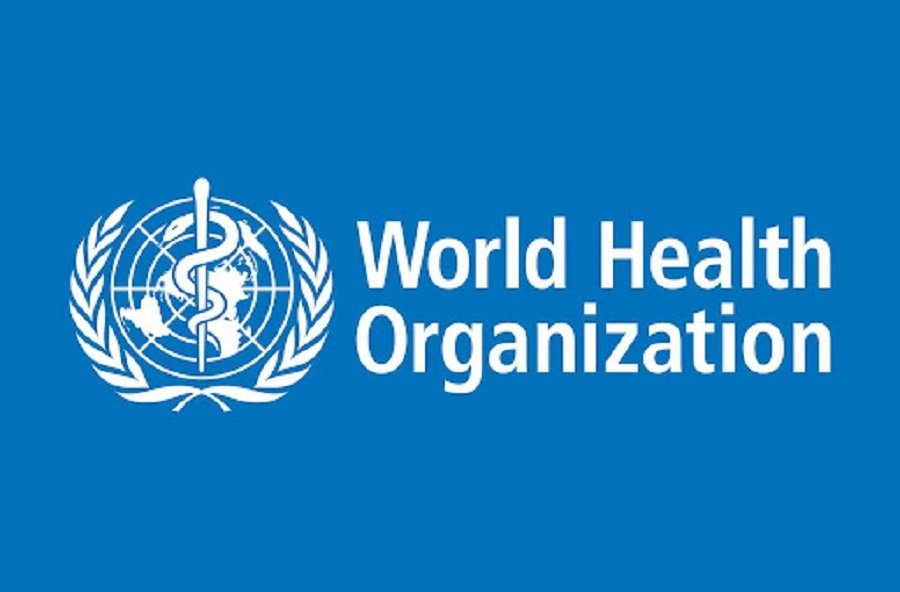A staggering $50 million investment in condoms is making waves globally as health organizations intensify efforts to curb HIV, sexually transmitted infections (STIs), and unplanned pregnancies. The massive initiative aims to expand free and affordable condom distribution, particularly in regions with high infection rates and limited access to contraceptives.
Why Such a Massive Investment?
Health experts have long emphasized that consistent condom use is one of the most effective methods of preventing the spread of HIV and STIs, yet recent reports indicate a decline in global usage. With over one million new STI cases recorded daily worldwide, organizations such as the AIDS Healthcare Foundation (AHF) and the World Health Organization (WHO) are pushing for wider accessibility and public awareness.
“Condoms are an essential tool in sexual health protection, and ensuring their availability is a crucial step toward reducing infections and promoting safer sex practices,” a WHO spokesperson stated.
How Will the $50M in Condoms Be Distributed?
Mass distribution programs targeting high-risk communities.
Sexual health campaigns to educate people on proper condom use.
Partnerships with government agencies to ensure sustainable access.
Increased funding for STI prevention programs worldwide.
While the large-scale distribution is a step in the right direction, experts argue that behavioral change, sex education, and reducing stigma around condom use must accompany the effort to ensure long-term impact.
The Debate: Enough or Not Enough?
Despite the historic investment, critics question whether access alone will significantly reduce STI rates, stressing the need for comprehensive sex education and stronger policies supporting reproductive health.




